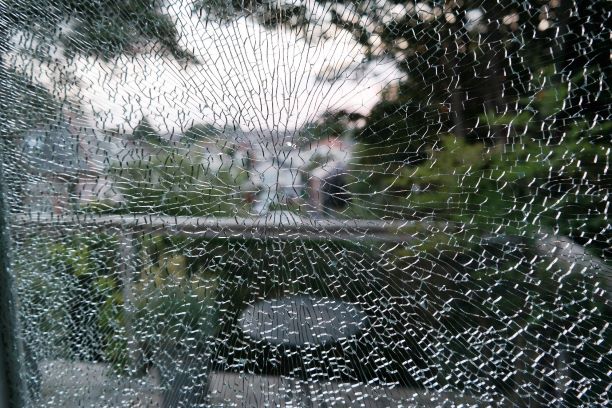Brittle businesses are built on long held assumptions and few reserves. We have all found out that some of our assumptions no longer hold true. How might our future business and peace of mind change? How can we build more resilient businesses?
Beware of assumptions
As an assumption example, we have always assumed that our children would be at school for most of the working day. Current social distancing rules, even if relaxed somewhat, will put pressure on schools to allow fewer children in each classroom. That means not enough classrooms or teachers, unless other places like village halls, sports centres etc are used and some video link between half the class in one place and half in another happens. Schools may change the school day to stretch their resources; they may have children in for only part of the week, and work at home the rest, school may stretch over weekends. We don’t know what will happen, and we don’t know if this new way will stick – there may be another virus issue to contend with at some point.
Working patterns
If school schedules change, working patterns would have to change too. For some service industries this may not be much of an issue. People could work at home as they have been doing on the days that their child was not at school. Retail services, like estate agents and hairdressers, might work extended hours and days to accommodate when people were not at work and might have to arrange job shares to cover the extra hours.
Manufacturing might have to introduce weekend working, extended hours or rolling shift patterns.
Retail and hospitality, who already have long hours every day might have to find more job shares to allow for school times.
All of these have cost implications. We know, for example, that job shares are more expensive than full time.
If we recognise and deal with this assumption about schools, we build more resilience in to our business.
Other assumptions
There are of course other assumptions to consider. We have benefited from globalisation and just-in-time stock control. That has quickly fallen apart in the face of the pandemic. Do we need to hold more stock now, and perhaps have a more local dual sourced supplier for our critical elements? Have you a list of what they are? This is both a threat for your customer (where to get stock) and an opportunity for a local supplier perhaps.
How about our infrastructure? – power and internet in particular. Have you dual sourced your broadband and phone systems for example? If you think you will have people working from home regularly, have they a dual source for broadband? It’s no use you having your office with two broadband lines coming in if they have an outage with no backup plan.
These are only two examples, but there will be others. Some produce their own opportunities.
A local story – turning threat into opportunity
Stand up paddleboards are mainly made in China. However, now that we can all get out more, they are in short supply, especially the cheaper ones, whilst the medium and high end are still available. Our client faced daily calls from customers that he could not fulfil. Talking it through, we discovered that people who bought the more expensive boards already had one, so he started offering part exchange. Suddenly he had a supply of cheaper boards; he just didn’t own them. Between us, we set out the plan on the Friday and on the Saturday his first part exchange paid our fee for the month. And he pocketed the better profit on the expensive board.
It’s about how much you question and think differently about your situation, put yourself in your customers’ shoes and find them a solution which works for both of you.
Re-set your business
Go through every element of your business – what assumptions are you finding. What if they changed? What could you do? What assumptions are your customers making about you? Can you allay any fears they may have? Can you dual source supplies? Can you plan for unusual working patterns and some working remotely? Might that mean you could save some fixed costs like rent and rates?
Rank your risk this way
Tolerate, Remove, Transfer or Mitigate. Don’t simply use High, Medium and Low. Risk is a function of Impact and Likelihood. That’s where we tend to fall down with assumptions. Our current situation is an excellent example of low likelihood but high impact. We should be changing the way we think about risk.
We have a half day one-to-one risk management module which produces a Risk Register. It’s usually the case that the top risks are sales and marketing based, so produce opportunities whilst still managing threats. You get a full report and action plan tailored to you. For more details phone 01202 520010 or email office@hixsons.co.uk.
